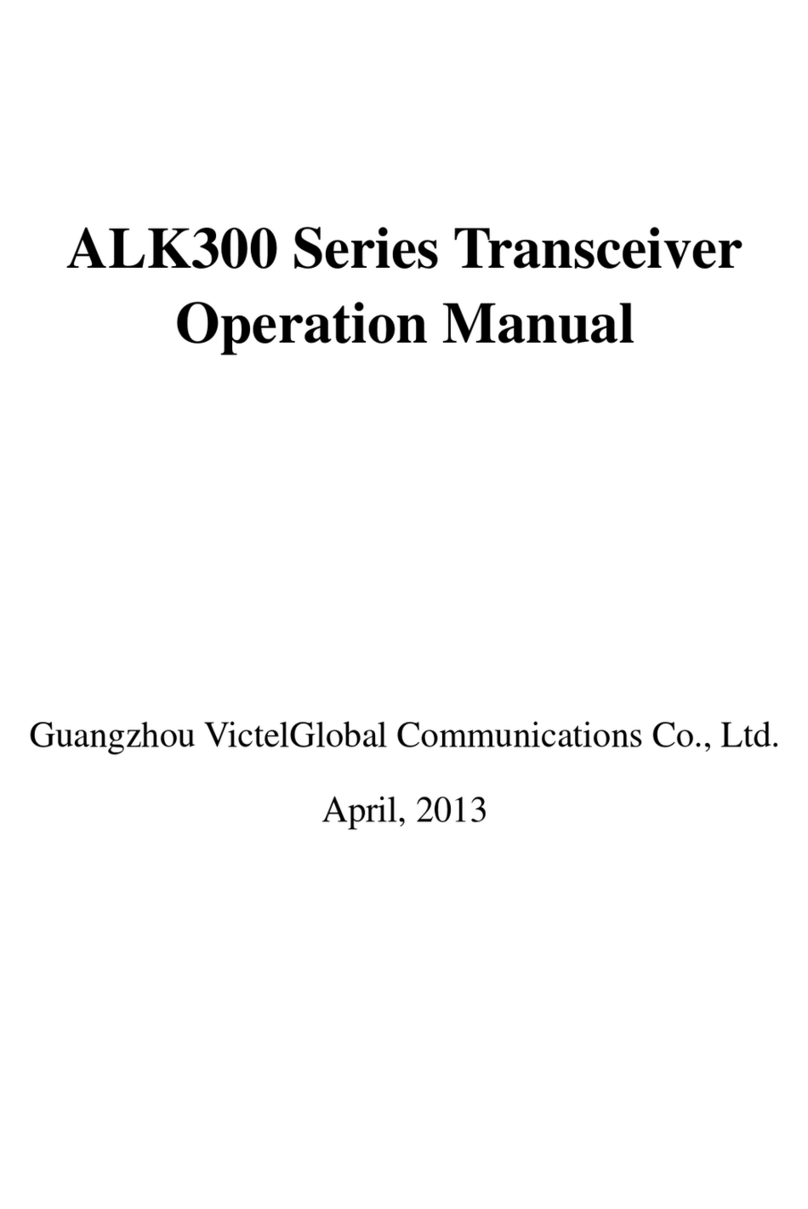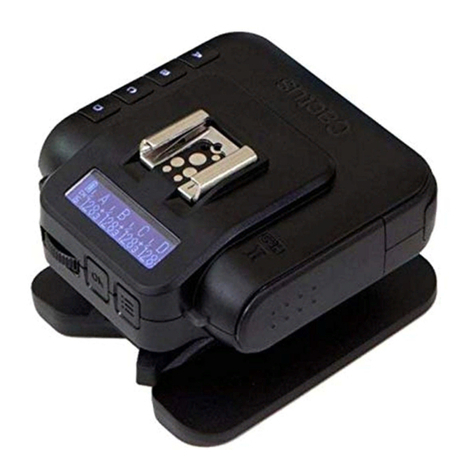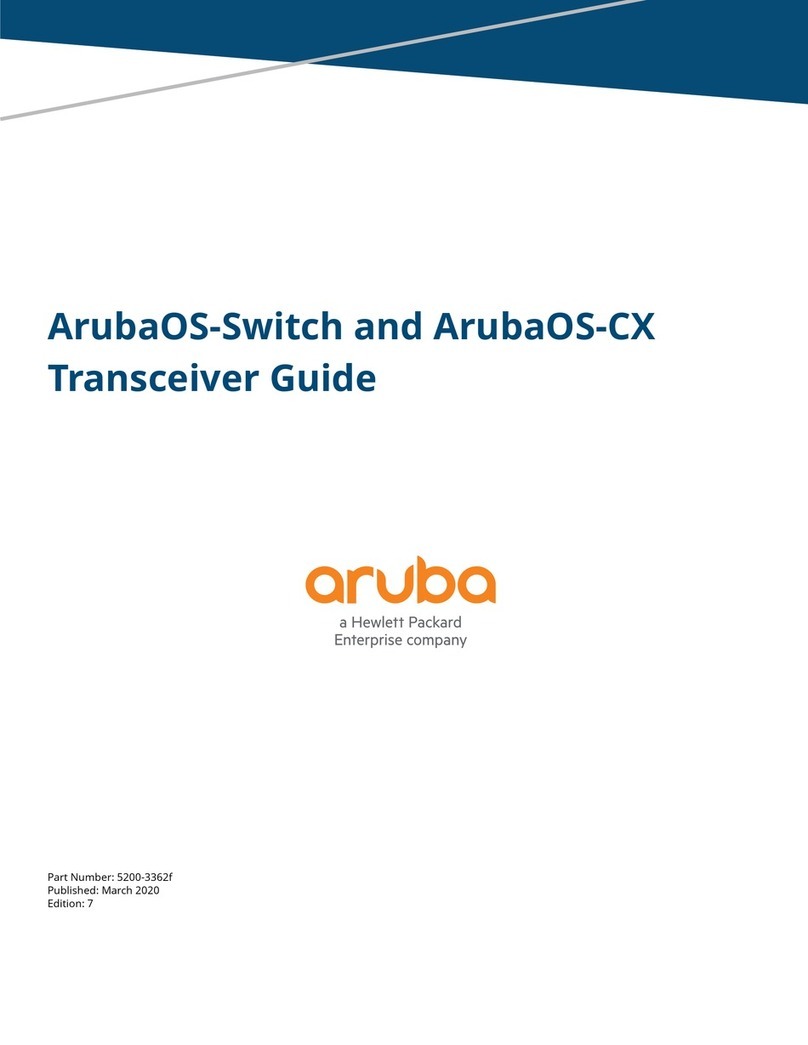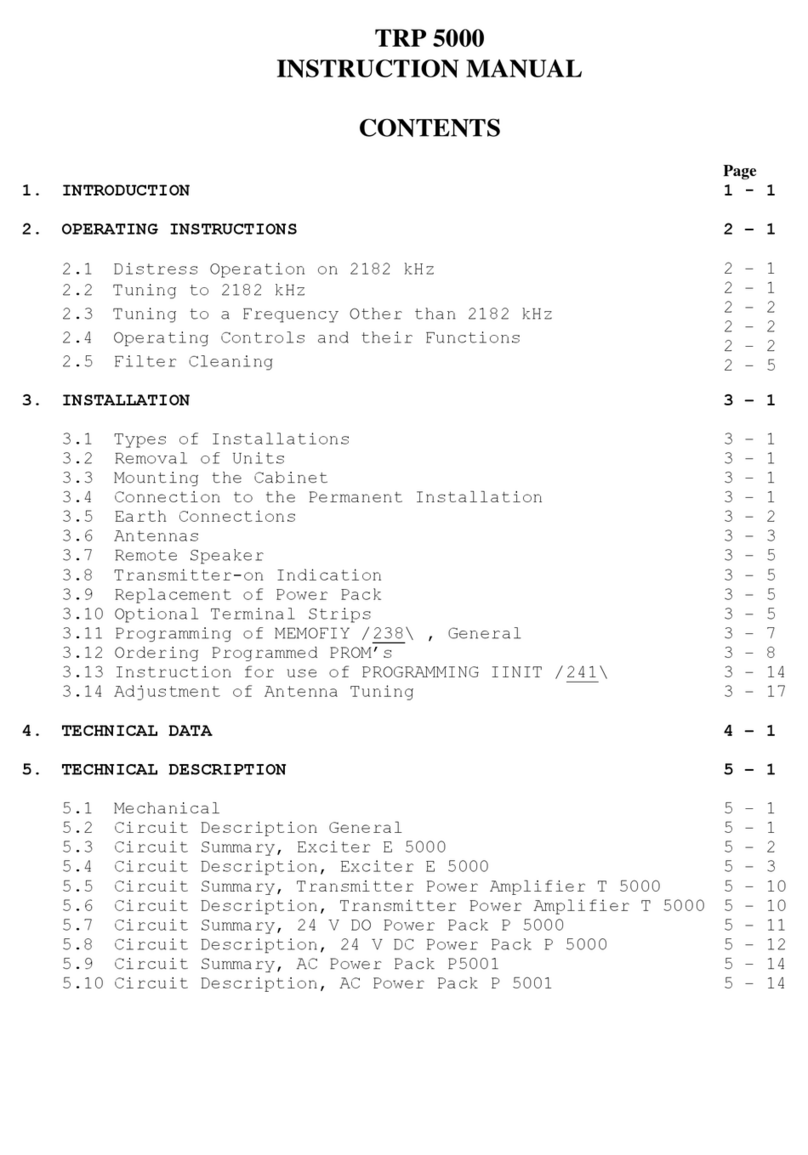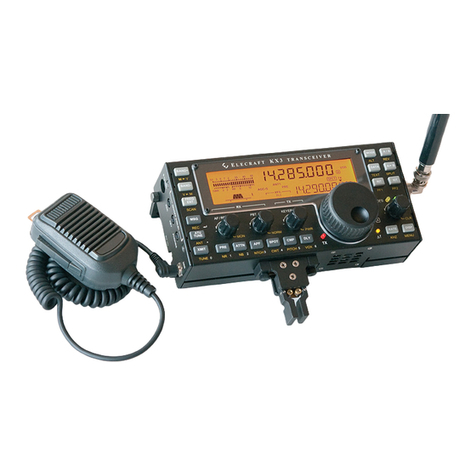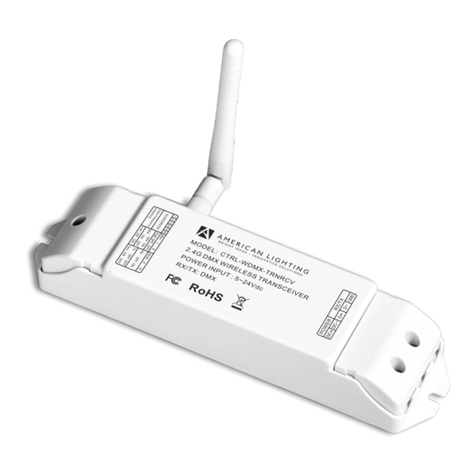
Chapter 1 Overview..........................................................................................5
Conventions............................................................................................................................................... 5
Note on product images.................................................................................................................. 5
Port numbering in examples........................................................................................................... 5
Symbols.......................................................................................................................................... 5
Types of transceiver modules and network cables.................................................................................... 6
Data rate......................................................................................................................................... 6
Transmission distance.....................................................................................................................7
Central wavelength......................................................................................................................... 7
Fiber................................................................................................................................................ 7
Fiber types............................................................................................................................7
Fiber diameter...................................................................................................................... 9
Connector........................................................................................................................................9
Optical parameters........................................................................................................................ 11
Copper transceiver modules.................................................................................................................... 11
Transmission distance...................................................................................................................11
Connector......................................................................................................................................12
Identification of 4x4 part numbers............................................................................................................12
Chapter 2 QSFP28 modules.......................................................................... 14
QSFP28 optical transceiver modules that use MPO connectors............................................................. 14
Models and specifications............................................................................................................. 14
QSFP28 optical transceiver modules that use LC connectors.................................................................15
Models and specifications............................................................................................................. 15
QSFP28 DAC (copper cables).................................................................................................................16
Models and specifications............................................................................................................. 16
Chapter 3 QSFP+ modules............................................................................ 17
QSFP+ optical transceiver modules that use MPO connectors...............................................................17
Models, specifications, and compatibility...................................................................................... 17
QSFP+ optical transceiver modules that use LC connectors...................................................................18
Models, specifications, and compatibility...................................................................................... 19
QSFP+ DAC (copper cables)...................................................................................................................21
Models, specifications, and compatibility...................................................................................... 21
Chapter 4 SFP+ modules...............................................................................23
SFP+ optical transceiver modules........................................................................................................... 23
Models, specifications, and compatibility...................................................................................... 23
10G SFP+ copper transceiver modules...................................................................................................29
Models, specifications, and compatibility...................................................................................... 29
SFP+ DAC cables....................................................................................................................................29
Models, specifications, and compatibility...................................................................................... 30
Chapter 5 SFP modules................................................................................. 34
Gigabit SFP optical transceiver modules................................................................................................. 34
Models, specifications, and compatibility...................................................................................... 34
Contents
Contents 3




